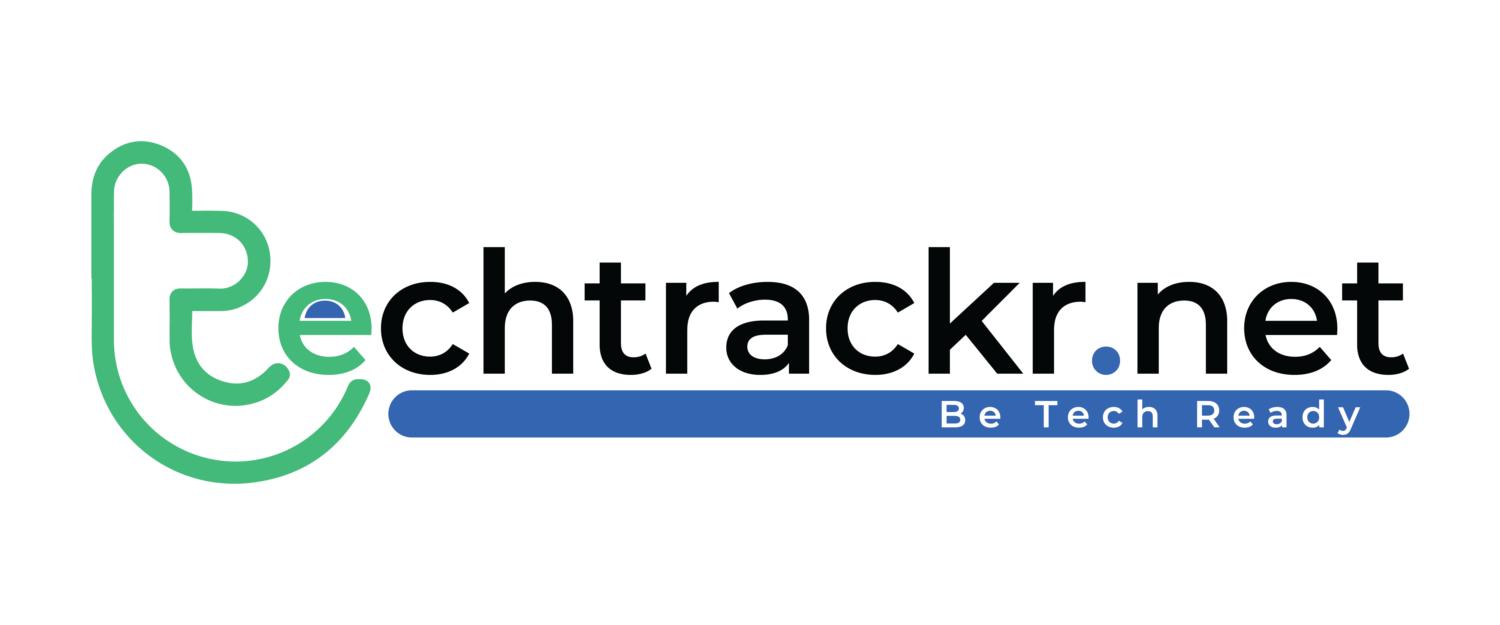
After being out for almost a year, ChatGPT pretty much acted the same for everyone. Besides the premium ChatGPT Plus and the choice of the GPT-4 model, there weren’t many options to tweak the chatbot. But things took a turn when ChatGPT rolled out custom instructions, allowing users to define the chatbot’s response styles. And now, OpenAI is taking it up a notch with custom GPTs that anyone can create and share with others.
Picture having your own ChatGPT tailored to simulate interviews, teach you a new language, give feedback on your creative projects, or suggest movies for a chill weekend night. Custom GPTs handle all that without having to explain the task to ChatGPT repeatedly. Sounds handy, right? We think so too! Here’s how you can kick things off.
How to create custom GPTs
OpenAI GPTs take ChatGPT’s custom instructions a step further by letting you define the chatbot’s tone, knowledge, and purpose. These custom GPTs are shareable, like mini apps crafted for specific use-cases.
In addition to setting your own custom instructions, GPTs also let you upload reference files, such as PDFs, for the chatbot to consult. For instance, you could toss in the rule book of some niche board game, and your custom GPT would happily play or even act as a referee based on that info.
OpenAI came up with a cool interface called GPT Builder that lets you whip up custom GPTs through a chat-style setup. The catch? You’ll need a ChatGPT Plus subscription to dive into it. They might roll it out to the free tier down the road, but as of now, it’ll cost you $20 per month.
Also Read: Google ChatGPT-killer Gemini AI apparently “thinks more carefully”
Using OpenAI’s ChatGPT builder
If you’ve got ChatGPT Plus covered, here’s the lowdown on crafting your very own custom GPT:
Pop open a browser, head to ChatGPT’s web interface, and log in to your OpenAI account. Just a heads up, the GPT Builder tool hasn’t landed on the ChatGPT mobile app yet. On the left sidebar, hit the Explore button. Then, click on Create a GPT. Boom! OpenAI’s shiny new GPT Builder tool will pop right up.
The GPT Builder tool is split into two tabs – Create and Configure (check out the pic above). Let’s kick things off with the Create tab, where you can tweak your GPT through a chat conversation. Just type in what you want your custom GPT to do. You can request a GPT that gives a thorough analysis of your emails or essays, focusing on fixing grammar, maintaining professionalism, and other aspects. Or, if you prefer, you can create a GPT mentor to guide you through problem-solving in math, programming, or language learning.
The GPT Builder chatbot might throw some follow-up questions your way and even whip up a profile picture for you. You can either roll with it or swap it out for your own. Now, you can decide if you want your responses to be short or long, and tweak other stuff like how honest and specific you want the chatbot to be.
Give your custom GPT a spin using the textbox on the right side of your screen. If it’s not quite hitting the mark, head back to the GPT Builder and tell it exactly how you want the behavior tweaked.
When you’re satisfied with how things are shaping up, go ahead and save your custom GPT. If you want to fine-tune it even more, jump over to the Configure tab. Here, you’ll find the custom instructions that GPT Builder cooked up for us. Plus, you can beef up your custom GPT’s knowledge by uploading up to 10 files—text docs, or even PowerPoint presentations. And in the Capabilities section, tweak settings like enabling or disabling features such as web browsing, DALL-E image generation, and Code Interpreter.
To keep your custom GPT safe and sound, find that Save button up in the top-right corner. After hitting it, the GPT Builder tool will ask you to set sharing preferences—Public, Unlisted, or Private. And there you have it! You can swing back to your custom GPT whenever you want by hitting up the Explore button in the sidebar.
Feel free to share your custom GPT with anyone using the link, but just a heads up, they gotta have an active ChatGPT Plus subscription. Also, keep an eye out for the GPT Store coming in early 2024. There, anyone can discover public GPTs, and the creators of the popular ones might snag some cash based on usage and popularity.
Also Read: How ChatGPT could be abused by people with nefarious intentions
Chat GPT facing competition from other AI chatbots
With all the AI buzz surrounding OpenAI’s ChatGPT and Google’s Bard, it’s getting kind of hard to muster up excitement for another chatbot. Enter Claude, Anthropic’s latest chatbot, hailing from San Francisco.
Claude, like ChatGPT or Bing Chat, runs on a robust language model. The creators really honed in on AI safety, insisting that Claude is all about being “helpful, harmless, and honest.” Simply put, Claude won’t hit you with any unexpected surprises in its responses, steering clear of the unpredictable twists we’ve witnessed from ChatGPT before.
All in all, Claude appears and behaves pretty similarly to any other chatbot you’ve probably played within the last year. Some users even find it more conversational than its rivals. But here’s the kicker – Claude can handle some serious tasks like summarizing, coding, and spotting patterns in big datasets. According to Anthropic, this chatbot can handle more context than ChatGPT, making it remember more details during those long chats.
Claude catches your eye with its special training method. Anthropic dubs it “constitutional AI,” basically a set of human-written rules the AI must stick to. As it evolves, the language model picks up the knack for generating safer text on its own, all guided by its constitution or core principles. It’s a departure from GPT-4 and other models that rely on human feedback to keep them from spewing out harmful stuff.
In simple terms, Anthropic has built an AI that figured out how to play by society’s rules independently, so it doesn’t need humans watching its every move constantly. Claude is basically the user-friendly face of this self-governing AI. And the best part? It won’t dent your wallet. Just like ChatGPT and plenty of other chatbots, all it takes is signing up for a free account.
